I hear about these old vintage espresso machines and want to try working on one myself, where and how do I begin?
Starting out from nothing, it can be a little difficult to break into the collection space with a good mindset and expectations of what will happen during the restoration process just due to lack of experience.
Asking general questions of “hey where do I start if I want my first vintage machine” on forums and social media sites may not yield the best answers from those who perceive is obvious about the basics. I want to try to dispense with that by doing my best to answer questions here and have my various machine topics be available and open to everyone.
My name is Ryan, and I have been collecting for almost seven years now. As of this article being written, I have twenty seven machines in my house, and six more awaiting shipment in Europe. I work on all of my vintage espresso machines, and I want to help first time buyers understand what they will need to consider before undertaking their first vintage espresso machine.

Table of Contents
What to expect as someone living in the US
As someone who wants to start collecting in the US, the majority of vintage espresso machines are in Europe. That’s reality. Australia also has lots of machines, but their pricing is very high, maybe the most expensive market for vintage machines. Thus I don’t recommend buying from there unless there is a really specific, really rare machine you found (there is also mega expensive shipping costs to consider).
The West Coast (Bay Area and Seattle especially) appears to have the most machines that pop up locally, but still less frequently than Europe. Maybe machines are hiding in New York City or other places but I haven’t seen them. This means you will probably need to buy then ship the machine.
What you need to realize is any machine you purchase as of February 2024, add around $1000 (maybe more) to shipping and import fees for one machine from Europe if you don’t have commercial discount rates. If nothing else just use it as an estimate for calculating expenses/budgeting. You will not likely find the bargain €500-1000 bargain machines that I see colleagues achieve. Expect to pay closer to market rates (which itself can fluctuate based on machine model and brand).
Buying vintage espresso machines from private individuals vs resellers
It can be a gamble to deal with individual/private sales, especially when dealing outside of resale websites like Ebay with buyer protections. Basic Buyer Beware logic will apply here, and this is where having the contacts local to the machine you potentially find becomes helpful, as they can potentially inspect and pick it up for you.
Just like in the vintage car market, vintage espresso machine resellers do this a lot, and the well known ones like Piero/VCarola, Roberto, etc will take payment for the machine you want to purchase or they are offering. What they paid maybe €1000 for they’ll ask €2000 for their time, gas, and to profit.
People will also specifically reach out to these resellers to find buyers as well for a small cut. Overall, expect to pay more if it’s through a reseller. They will also package machines for shipment (private sellers will do this sometimes), and make sure you ensure they do properly for heavy machines. Pallets are highly recommended. Full wood crates are the best. Below are good examples of crated machines I purchased over the years.

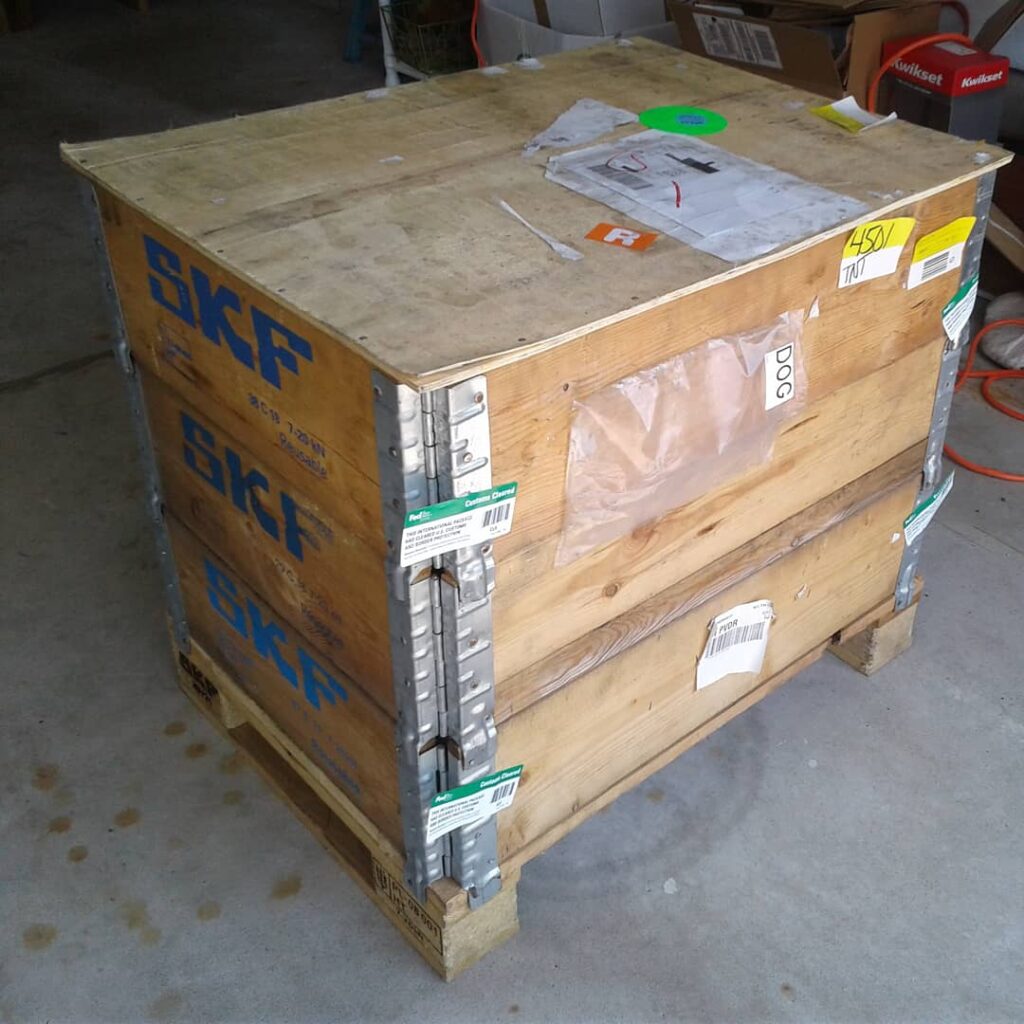

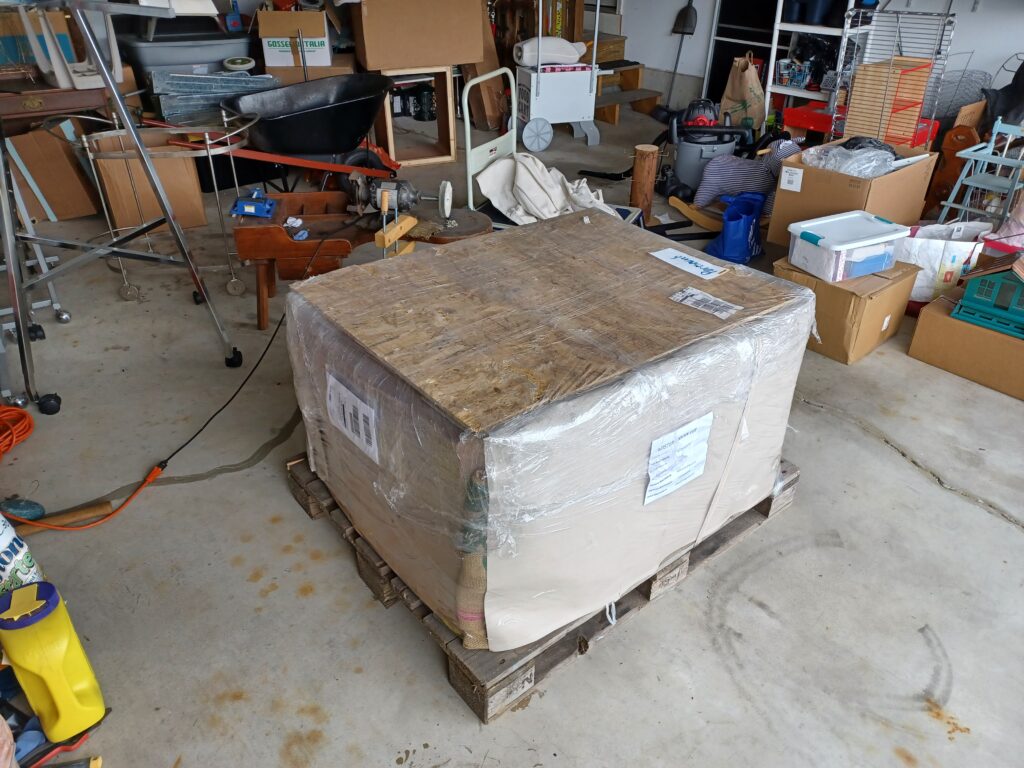
Besides collecting in person from a private individual, probably the best source to buy machines is from other collectors. They are often in the hobby like you who are not usually trying to make a huge profit, but rather sell a machine due to space constraints or to fund a different machine they want. Collectors also are more likely knowledgeable in packing machines properly for shipment.
This is the only time I will ever consider selling a vintage espresso machine. I sold my Gaggia America two group to fund a rare Duchessa purchase this past month. In total I have only sold two machines in seven years.
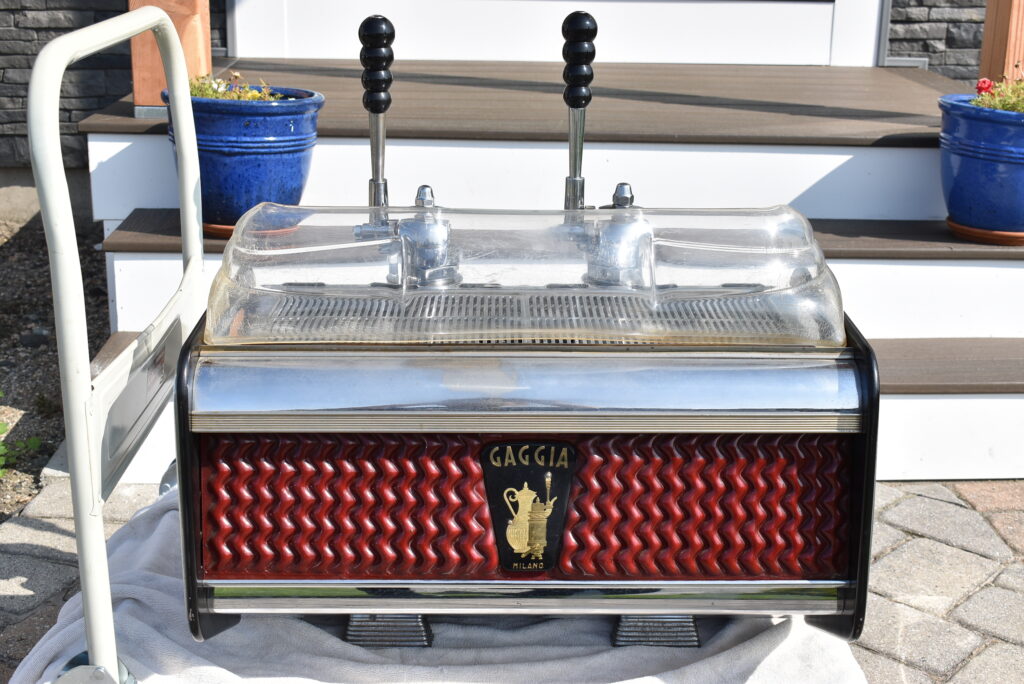
The 1959 Gaggia America I sold
Note that purchasing from collectors applies usually to the “smaller” ones, like less than 50 machines probably. The BIG collectors, like with hundreds of machines, are probably wealthy enough to have the luxury of only buying machines without selling any.
It will take time to build up these relationships, but eventually it pays off. I am a little beyond what most people will consider reasonable, but the more machines and projects you complete, the more well known you become. You will become more trusted and people may even start reaching out to you and offer something they have or found.
I will not include private individual collectors’ contact information directly due to privacy, but you will find people on various forums that you can reach out to via direct messaging.
Parts and tools
References and parts are hidden in various catalogs, websites, and manufacturers. Some parts that need replacing are no longer available and are hard to obtain. Sellers who are completely legitimate may still sell machines that have issues that only appear after disassembly or even after repairing and using the machine. Knowing where to source needed materials, parts, wiring, etc comes with research and referencing past restoration threads. It’s also useful to know how easily missing fittings, valves, knobs, etc on a machine you are considering purchasing with this parts knowledge.
Common vintage espresso machines with missing parts are way easier to get full valve assemblies, panels, gaskets, etc than say a La Cosmo machine missing a very unique bakelite knob. It’s also good to know that EU parts suppliers are totally valid and often cheaper sources than US sellers, but may take longer to ship. Eevad, TSE, Brooks Espresso, Avola coffee systems, etc are good sites to know.
Tools are also important. Even if you intend to fix more than one or two machines I recommend purchasing the specific niche tools necessary to get the job done. C hook spanners, pin spanner wrenches, various drivers, heating devices like Propane torches, etc will be needed one way or the other during the job. I will not even go into machining new parts, which I cannot do but want to learn.
I know a guy, i.e. External Help
Something to remember when working on a project is to consider who you can reach out to for specific jobs you cannot do yourself. Stuff like powdercoating, plating, media blasting, repairs, fabricating, etc. Try to figure out the answers to those questions early on so you’re not stuck on a task in your project. Few people can do an entire restoration themselves, so check out your local options. Remember that these will add to your project costs, so keep extra money set aside for these specific tasks if you don’t/can’t do it yourself.


What is the best machine to start a first timer project?
Faema E61/President is the best vintage espresso machine to choose because you can source basically every part new today. Parts are available because of the wildy popular Faema E61 that produced tens of thousands of machines over four decades, and Quality Espresso still makes the Zodiac lever group for their machines. From a reseller, the cost for just the machine will probably range from €1800-2500 for a 1 group before shipping if it’s in decent to great shape.




In Summary
For a first time vintage espresso machine project, I recommend an E61, Faema Lambro, or Faema President. A Faema Ariete and Zodiaco, the 70’s version of the prior machines, are also valid responses and are often cheaper. You can purchase almost an entire machine worth of parts if anything is missing. You will likely purchase the machine in Europe and have it shipped. Costs will likely range anywhere from $2500-4000 including shipping at market rates. Parts and labor can add anywhere from 500-1500 depending on issues and condition of the machine, maybe more.

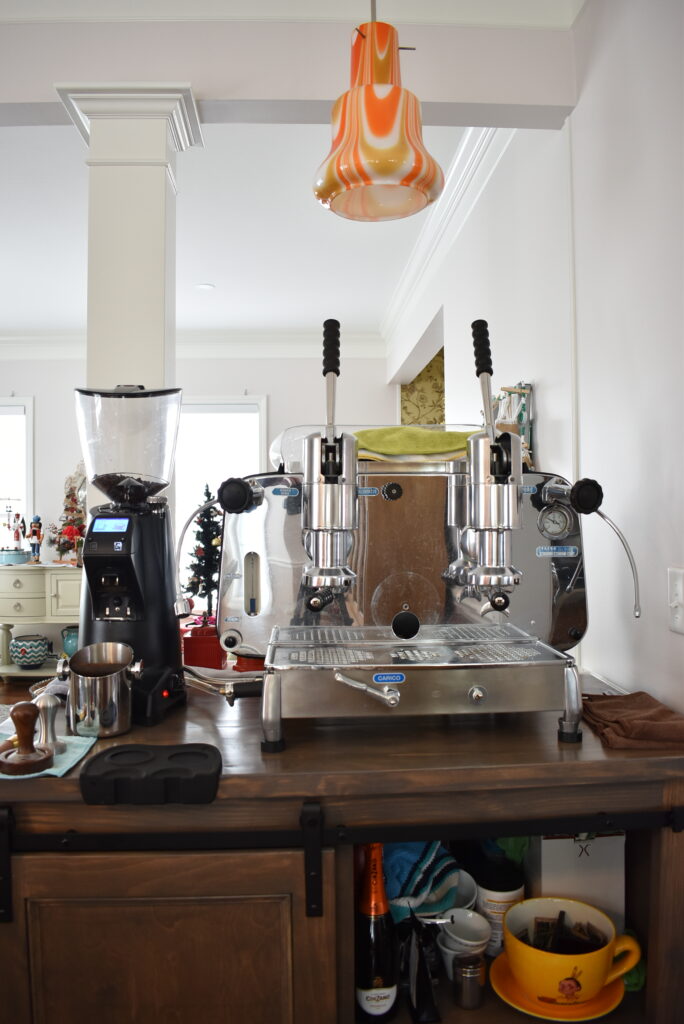
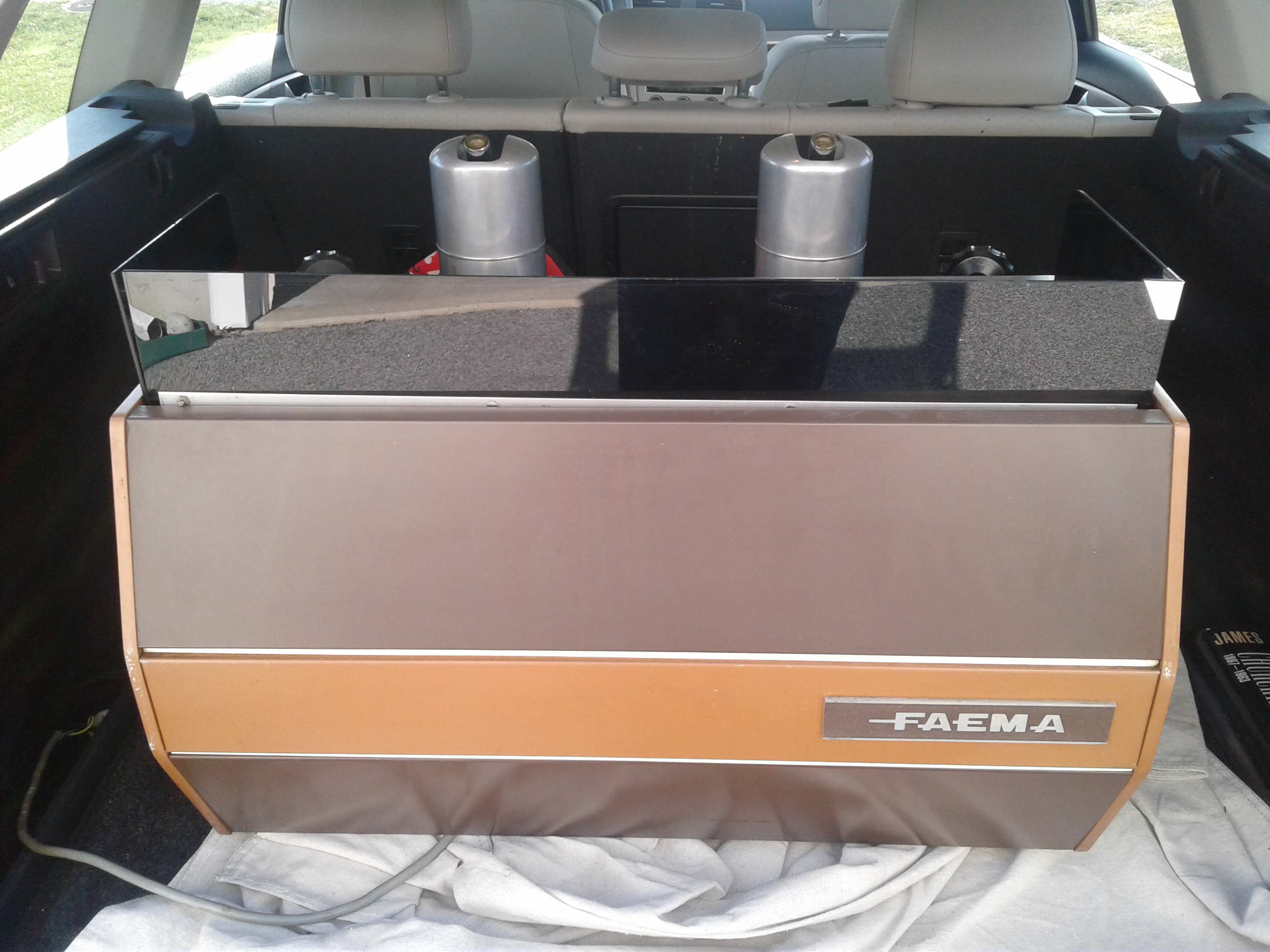

The Faema Urania, an earlier vintage espresso machine shown a prior post, can also be a first time project, but those can be more expensive, and certain varients of this model are more techinically challenging and harder to replace parts with.

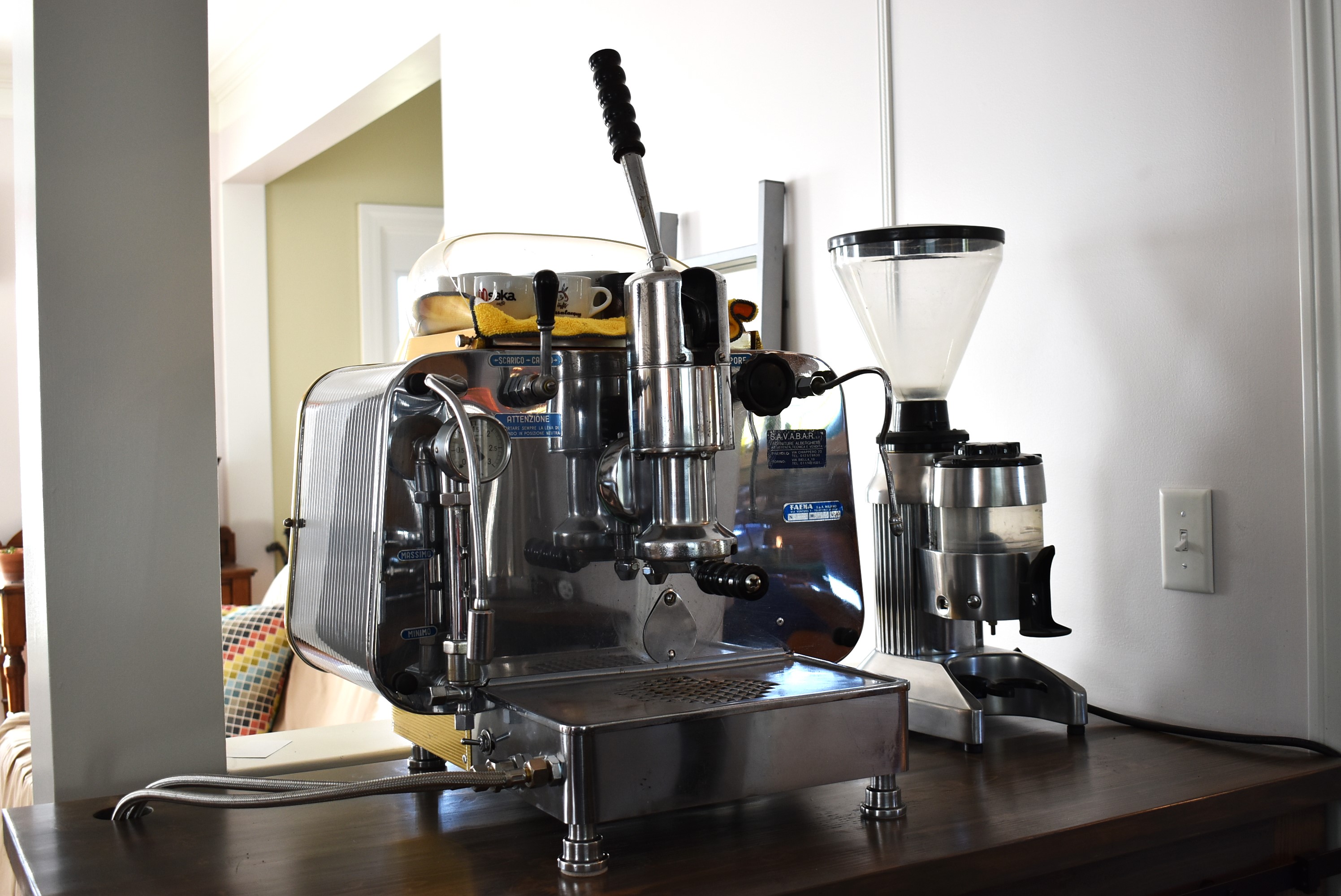
Resources and Useful Forums
- https://www.home-barista.com/levers/
- https://www.kaffee-netz.de/forums/restaurierungen-und-raritaeten.48/
- https://www.facebook.com/groups/lever
- https://www.facebook.com/groups/LeverFever
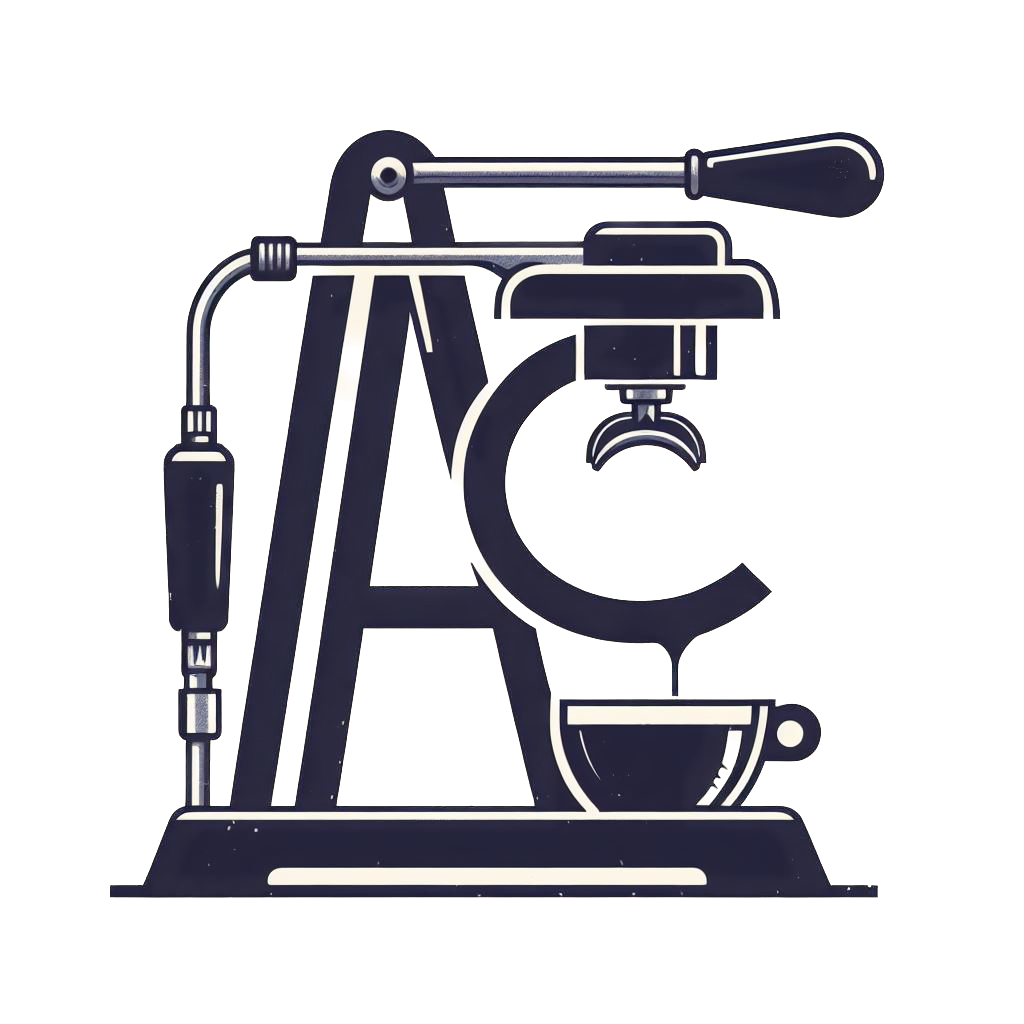

Leave a Reply